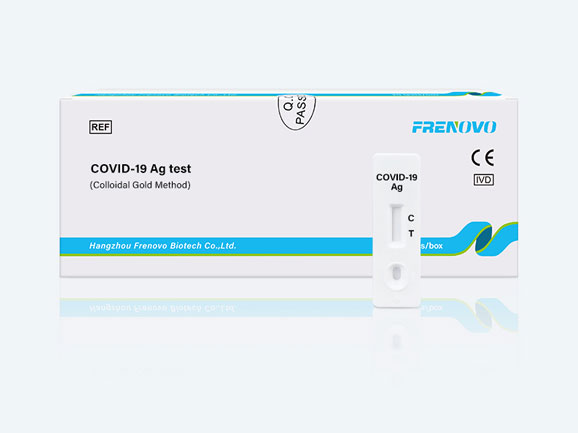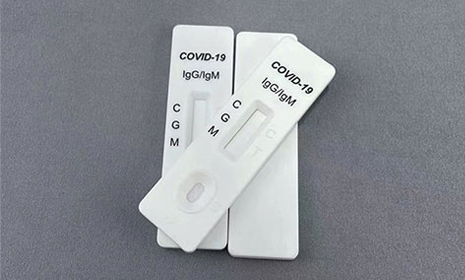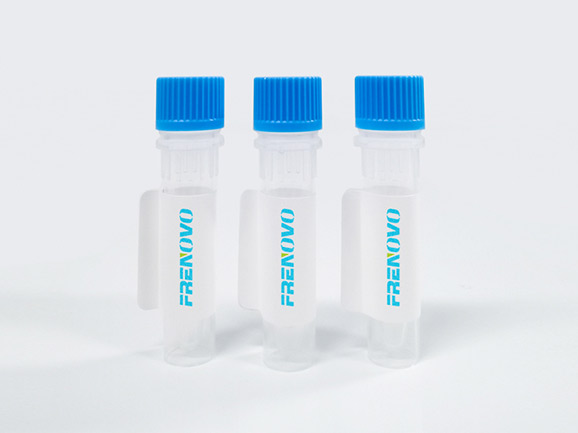The detection methods of novel coronavirus mainly include nucleic acid detection, antibody detection and antigen detection. At present, COVID-19 detection mainly focuses on antibody detection and nucleic acid detection. Nucleic acid detection is currently the "gold standard" of novel coronavirus detection, which has the characteristics of early diagnosis, high sensitivity and specificity. However, antibody detection is convenient and rapid, so it can be used as a supplementary method for nucleic acid diagnosis. However, due to the limitations of "false positive" and "false negative" of antibody detection, it is not suitable for screening the general population such as resumption of work, resumption of production and schooling, nor for epidemiological investigation in low prevalence areas.
All living things except prions contain nucleic acids, including deoxyribonucleic acid (DNA) and ribonucleic acid (RNA). Novel coronavirus (2019-nCoV) belongs to Betacoronavirus, which is a protein-coated single-stranded positive-stranded RNA virus that parasitizes and infects higher animals (including humans). The virus-specific RNA sequence is a marker to distinguish the virus from other pathogens. After the appearance of novel coronavirus, Chinese scientists have successfully discovered the specific nucleic acid sequence in novel coronavirus. If the specific nucleic acid sequence of novel coronavirus can be detected in the sample of the suspected patient, it is considered that the patient may be infected by novel coronavirus. There are two commonly used nucleic acid diagnosis methods in novel coronavirus: virus nucleic acid specific gene detection and virus genome sequencing. A common method for detecting novel coronavirus-specific nucleic acid sequences is fluorescence quantitative PCR (polymerase chain reaction).
As novel coronavirus is an RNA virus, reverse transcription plus real-time polymerase chain reaction (RT-PCR) is basically used in kit detection to amplify the nucleic acid (RNA) of the pathogen, and at the same time, the amplified products are detected in real time by fluorescent probes. In the PCR reaction system, it contains a pair of specific primers and a Taqman probe, which is a specific oligonucleotide sequence, and its two ends are respectively marked with a reporter fluorescent group and a quenching fluorescent group. When the probe is complete, the fluorescence signal emitted by the reporter group is absorbed by the quenching group; If there is a target sequence in the reaction system, the probe will be combined with the template during the PCR reaction, and the DNA polymerase will cleave and degrade the probe along the template by using the exonuclease activity of the enzyme, and the reporter group will be separated from the quenching group, thus emitting fluorescence. When each DNA strand is amplified, a fluorescent molecule is produced. The quantitative PCR instrument can monitor that the number of cycles (Ct value) of fluorescence reaching the preset threshold is related to the concentration of viral nucleic acid. The higher the concentration of viral nucleic acid, the smaller the Ct value. The products of different manufacturers will determine the positive judgment value of this product according to the performance of their own products.


